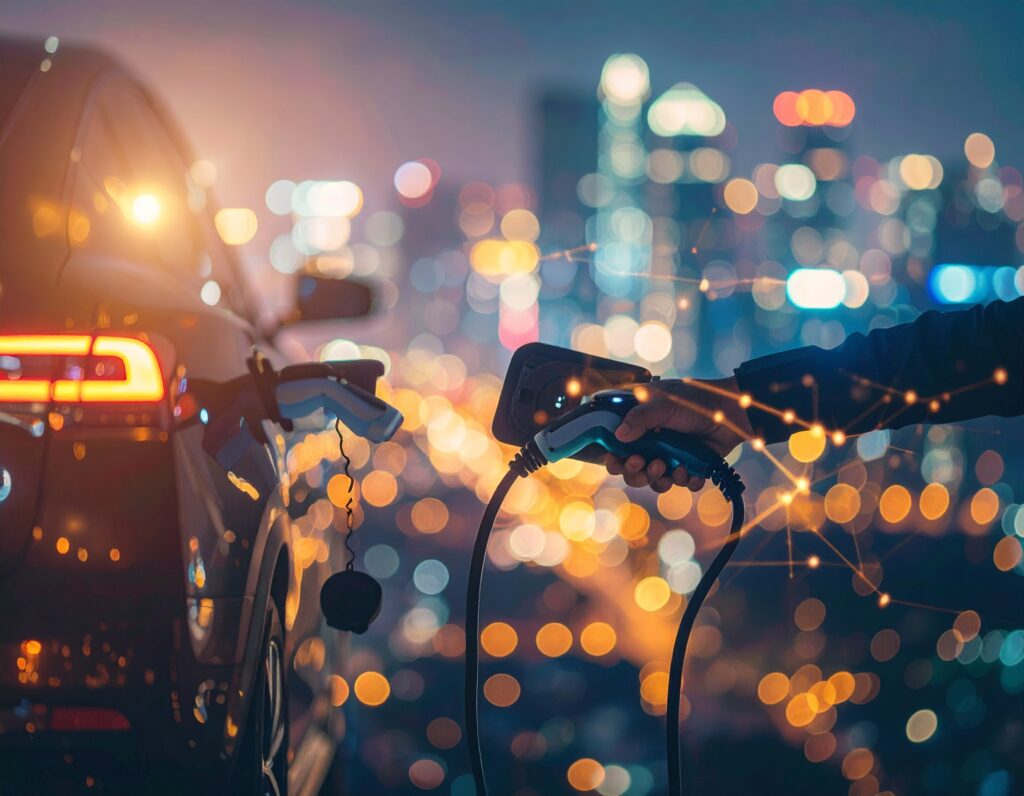AC home charging with your EV: Why you need to know whether the onboard charger is single-phase or three-phase
How much power your EV pumps out makes is a crucial piece of the puzzle when it comes to keeping the battery pack topped up.
But equally important is the onboard charger of the car itself.
That onboard charger is the thing that converts AC – or alternating current – electricity from the wallbox charger to DC – direct current – electricity that is stored in the battery.
Home charging can be done at up to 22kW for those who have three-phase power to their house.
READ MORE: EV advice: All your electric car questions answered
READ MORE: The ultimate guide to buying an EV: This is everything you need to know
READ MORE: How far will be EV drive on a charge?
READ MORE: Why is the range of an EV less on the freeway than the city?
Three-phase power means the current is delivered in three separate AC signals or phases. It allows more power delivered more consistently than single phase.
At the other end of the home charging spectrum you can trickle charge at 2.3kW from a standard home powerpoint.
The more power, the faster the charge – assuming the car will accept it.
Just as with your TV, laptop computer, toaster and phone, an EV will regulate how much electricity it accepts.
It doesn’t matter if the plug can provide more power, if the car can’t accept the full whack then it will only take what it needs.
The thing that determines how much the car will accept is the AC onboard charger.
Peruse the brochure or specs sheet of an EV and you’ll find the maximum AC charge rate.
It typically ranges from 3.7kW to 22kW.
Single-phase vs three-phase onboard chargers: Why you should know what your EV has
Not all brands make it obvious as to whether that charger accepts only single-phase power or three-phase (the latter is rarer to residential addresses).
It’s handy to know. Here’s why.
Any car that can charge at 11kW or more has a three-phase onboard charger.
But those accepting 7.4kW or less often have a single-phase charger.
As we’ve said before, very few people will need three-phase power to charge their EV.
That’s because the 7.4kW maximum that can come from a single-phase charger will top up most EVs with an overnight charge.
A basic Tesla, for example, would take a little under 10 hours for a full charge using that single-phase wallbox charger.
And even an EV with a 100kWh battery – that’s big – would take around 15 hours for a full charge from that single-phase charger.
A three-phase charger will take one-third the time because you have three times as much electricity going in to the car.

However, not many EVs will take 22kW of AC electricity.
That’s because manufacturers realise most people don’t need to charge that fast from an AC outlet (DC fast charging bypasses the onboard charger and goes straight into the battery so it can charge at a much faster rate) so they don’t bother spending money on the heavier duty hardware.
Why 11kW chargers can be problematic for EVs with single-phase chargers
As mentioned, you can plug an EV into any Type 2 plus and it will work out how much power to take.
However, if you plug a three-phase charger into an EV that only has single-phase charging hardware then it will only take one of those phases of electricity.
Plugging into a 22kW charger means it will take one-third of that, or about 7.4kW.
That’s great and in many instances means the car will charge at its maximum rate.
However, if you plug into an 11kW charger – remember, anything over 7.4kW is a three-phase charger – then the car will only take one of those phases, or about 3.7kW.
So even though the car can accept up to 7.4kW, it needs it all from a single phase of electricity.
If each phase is only providing 3.7kW – as is the case with an 11kW charger – then that’s the maximum it will take.
Because that 11kW charger has split its 11kW across three phases, you’ll only be receiving one of the phases.
It means that the 11kW three-phase charge will supply around half the electricity that the same car could accept from a 7.4kW single-phase charger.
In that instance, it’ll take twice as long to charge from an 11kW charger as it would to charge at a 7.4kW single phase charger. In many instances that means you won’t be able to do a full charge overnight.
Do I really need a three-phase onboard EV charger?
Many EVs come with three-phase onboard AC chargers.
All Teslas, for example, and most of the prestige EVs will have that three-phase hardware.
But many at the more affordable end make do with a single-phase AC charger.

More affordable versions of the Kia EV5 and Nissan Ariya, for example, have single-phase chargers.
Again, it’s not an issue if you’re installing a single-phase charger at home.
However, if you want to public charge at an 11kW charger – many Tesla destination chargers are exactly that – then you’ll be limited to about 3.7kW if your car only has a single-phase charger.
All of which is another thing to pop on the consideration list when buying an EV.




